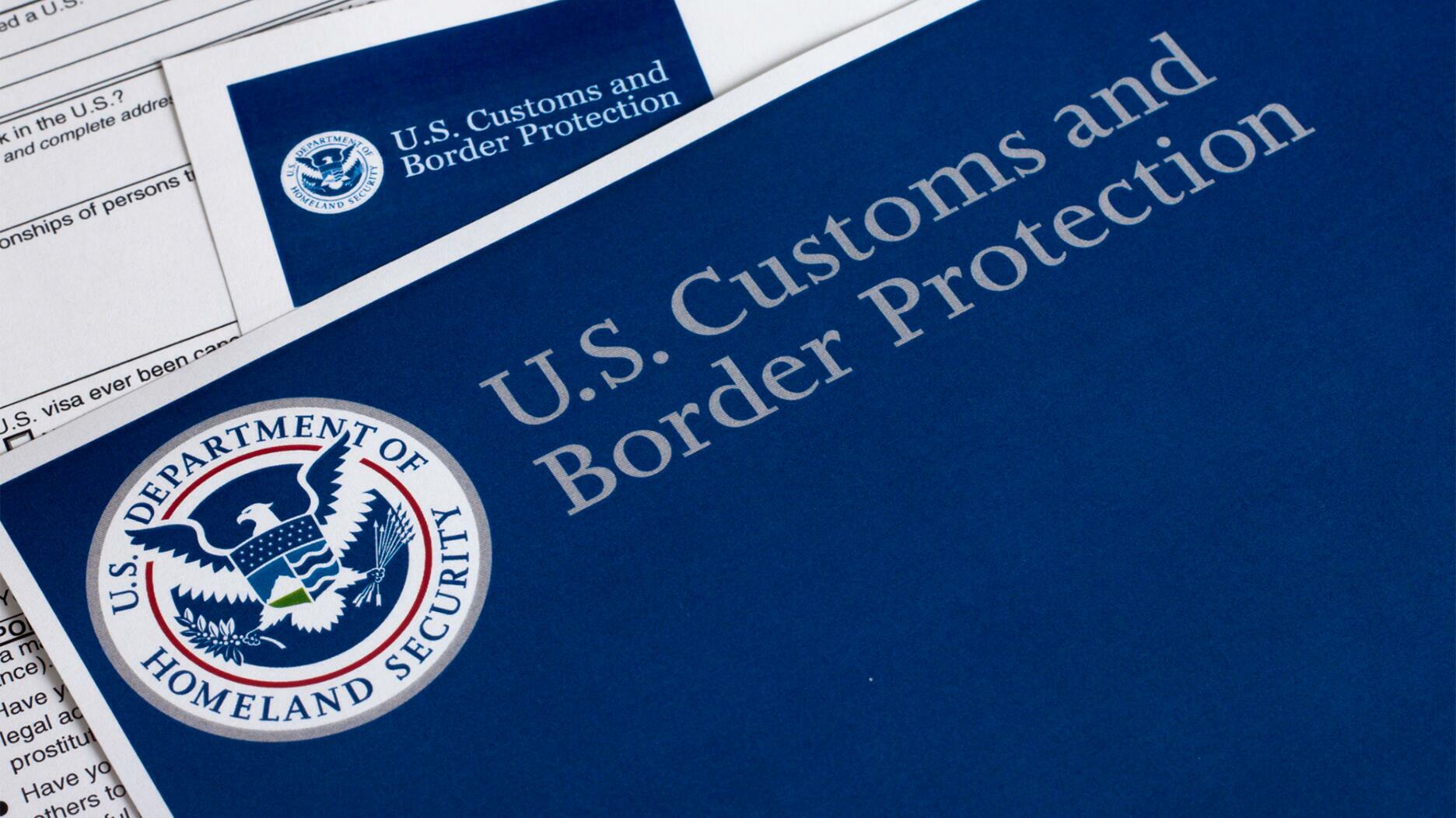What to Know About Importing Diamonds Into the U.S.

U.S. Customs and Border Protection recently issued new guidance on importing diamonds into the United States under the current Russian diamond ban.
"New York—U.S. Customs and Border Protection issued its long-awaited guidance on importing diamonds into the United States late last week just as the G7’s new restrictions on diamonds mined but not cut in Russia took effect.
As of Friday, March 1, companies or individuals importing polished diamonds weighing 1 carat or more into the U.S. will have to provide “self-certification” that the diamonds are not from Russia.
What this means is that the imports have to be accompanied by a PDF document on official company letterhead with specific commentary included.
For non-industrial diamonds weighing 1 carat or greater, the commentary should read: “I certify that the non-industrial diamonds in this shipment were not mined, extracted, produced, or manufactured wholly or in part in the Russian Federation, notwithstanding whether such diamonds have been substantially transformed into other products outside of the Russian Federation.”
For diamond jewelry and unsorted diamonds, it should read: “I certify that the diamond jewelry and unsorted diamonds in this shipment are not of Russian Federation origin or were not exported from the Russian Federation.”
This document can be uploaded to CBP’s Automated Commercial Environment (ACE) Document Image System, its electronic platform for trade processing.
Only one self-certification document will be required per entry.
CBP said it will be issuing additional filing requirements under the executive order once the necessary ACE enhancements are deployed.
March 1 was one of the dates outlined by the Group of Seven nations back in December as they united to ban the import of Russian diamonds into all member countries in an effort to restrict Russia’s ability to continue to fund the war in Ukraine.
The March 1 measure was created to counteract CBP’s substantial transformation rule.
Under the rule, goods that are “substantially transformed” from their original state in another country become a product of the country where the transformation took place, e.g., a rough diamond mined in Russia but crafted into a polished diamond in India is technically a product of India, not Russia.
Substantial transformation has allowed Russian diamonds to continue to enter the U.S. even after President Joe Biden signed an executive order banning import of the stones in March 2022.
The latest CBP update said Russian diamonds, as well as fish and seafood, cannot be imported if they “were mined, extracted, produced, or manufactured wholly or in part in the Russian Federation,” whether or not they have been incorporated or transformed in another country.
In a member alert issued Friday, the Jewelers Vigilance Committee outlined the new guidance for members and detailed how the rules around importing diamonds into G7 nations will continue to tighten throughout the year.
Starting Sept.1, JVC noted, the G7 has said the size threshold will drop to 0.5 carats and the import rules will expand to include finished jewelry, lab-grown diamonds, and watches.
JVC also launched a new “Sanctions” page on its website that has links to relevant U.S. and G7 documents, a “Frequently Asked Questions” section, and additional resources for the industry.
“JVC continues to work alongside the jewelry industry and with the U.S. government to clarify the requirements and provide input regarding what is achievable in the market,” said the organization.
“Members are strongly encouraged to stay in touch with us about how the sanctions are affecting their businesses so that we can provide the U.S. government with updated information as the process continues.”
JVC members with more questions can reach out directly or book a one-on-one session via the organization’s member portal.
CBP’s self-certification guidelines are less stringent than some of the options discussed during the process, including the “G7 Diamond Protocol” developed by the World Diamond Council with industry input and the “EU Proposal,” which called for all finished diamonds to pass through a “polished node” to certify them as non-Russian.
While the update does provide the industry with some guidance, questions and concerns remain.
“Jewelers of America is glad the industry has been given some direction in terms of the new requirements for diamond imports, but questions about compliance—especially beyond the current ‘sunrise period’— remain,” said JA President and CEO David Bonaparte, referring to the six-month period the industry has been given to adjust to the new guidelines.
The sunrise period ends Aug. 31 just as the expanded regulations are set to take effect on Sept. 1.
Bonaparte continued, “What is clear is that the new restrictions are in line with what Jewelers of America has been advising members since the very start of the war—to not source diamonds emanating from Russia, period.
“While the U.S. Customs guidance released on Feb. 29 did not include any information for those who are not importers of affected goods, such as U.S.-based retailers, we are advising JA members to ask their suppliers to include copies of CBP declarations with all diamond and diamond jewelry they supply as a matter of best practices to protect their businesses and address customer concerns.”
JVC also addressed the “sunrise period” in its statement to members.
“The G7 technical committee is working on a traceability mechanism for diamonds that will be tested between March 1 and September 1, the ‘sunrise period’,” said JVC.
“We don’t yet know either how this will be structured or how it will be enforced.”
The industry has been waiting on more details about how the Russian diamond ban would be enforced following the G7 nations’ December 2023 meeting.
The G7 member nations are: the U.S., U.K., Japan, Italy, Germany, Canada, and France. The EU is ... "
https://nationaljeweler.com/articles/12 ... to-the-u-s